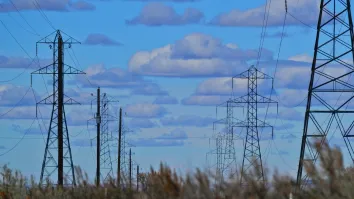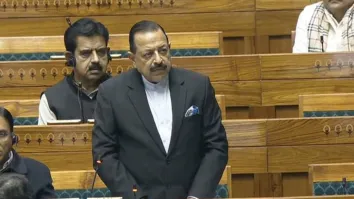
Singapore introduces energy transition bill
It proposes amendments to the Energy Market Authority of Singapore Act (EMA Act), Electricity Act, and Gas Act.
Singapore’s Ministry of Trade and Industry (MTI) introduced the Energy Transition Measures and Other Amendments Bill for its first reading in Parliament on Tuesday, 6 August.
The bill proposes major changes to the Energy Market Authority of Singapore Act (EMA Act), Electricity Act, and Gas Act. The key objectives are to enhance regulation of the electricity market, strengthen the Energy Market Authority's (EMA) regulatory powers, and establish the Future Energy Fund.
Additionally, it aims to address Singapore's reliance on natural gas, which contributes about 40% of the country’s carbon emissions. To meet the 2050 net-zero target, the power sector must be decarbonised, requiring updates to regulatory frameworks and energy infrastructure.
The proposed key features of the bill include the establishment of a Future Energy Fund (FEF), which will receive an initial allocation of $5b to support investments in low-carbon energy technologies and manage associated risks.
The bill also proposes the creation of a Central Gas Entity (CGE) to streamline gas procurement for the power sector, with amendments to the Electricity and Gas Acts empowering EMA to regulate the CGE and requiring power generation companies to procure gas exclusively through it.
Moreover, the bill allows EMA to recover costs associated with initiatives aimed at enhancing energy security, market development, and decarbonisation. These costs will be transparently communicated and applied only when necessary. It also enables EMA to direct the owners of critical energy infrastructure to allow access for licensees, ensuring energy security and reliability.
Owners of key electricity and gas assets will need EMA’s approval before repurposing these assets, to maintain energy security and system reliability.
Finally, the Bill grants EMA the authority to implement power rationing during emergencies to maintain system stability, with such measures used as a last resort and lifted as soon as possible.
The bill has been developed following consultations with the public and industry stakeholders, including power generation companies, gas importers, and businesses.

















 Advertise
Advertise






